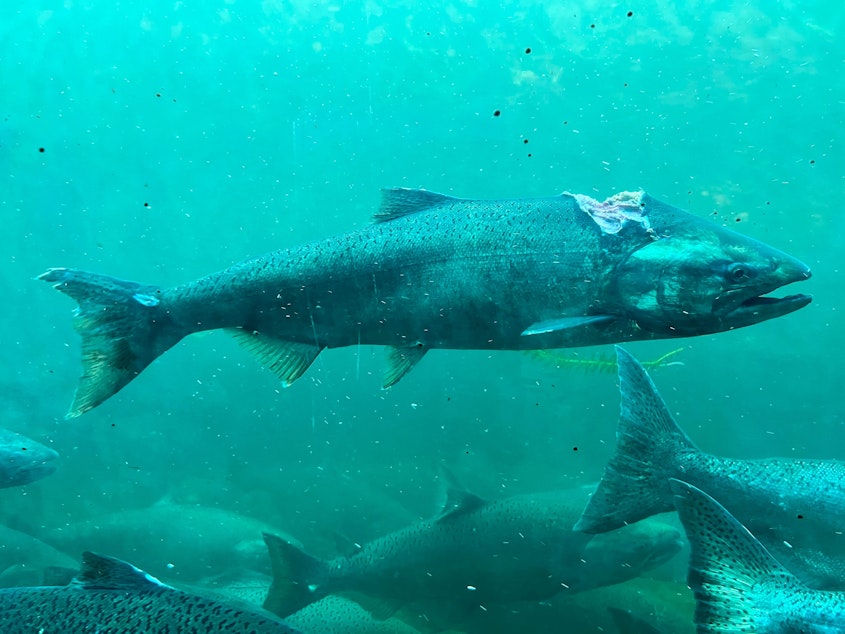Why San Juan County is leaning into a 32-hour work week: Today So Far

- Washington's San Juan County will start operating under a 32-hour work week.
- Rents are down in Washington state. Wages in the Seattle area are up.
- Lummi Nation is calling for the remains of Tokitae to be returned to the Northwest.
This post originally appeared in KUOW's Today So Far newsletter for Aug. 23, 2023.
A county in Washington state is blazing a new trail for public workers, and for officials attempting to balance budgets, by leaning into a 32-hour work week. San Juan County faces a few challenges, ranging from the post-pandemic inflation, to the fact that, as islands, the cost of living is more expensive there. As employers consider more remote work, flexibility, and other incentives, the county hopes that the 32-hour work week will give it an edge to attract and retain employees. At least, that is one benefit the county hopes this idea will produce.
Rents are down in Washington state. In fact, Washington state saw the largest decrease in rents in the nation. Rent went down by 7.72% between July 2022 and July 2023. This bucks the national trend of rising rents. In the Seattle-Tacoma-Bellevue area, the rent decline was even greater at 10.75%. While rents are down locally, it's worth noting that wages are up in the Seattle area. The latest data from the U.S. Bureau of Labor Statistics shows that Seattle experienced a 5.4% wage hike between June 2022 and June 2023. That's better than the national average of 4.6%.
The Lummi Nation is calling for the remains of Tokitae to be returned to the Northwest. After the orca, also known as Toki and Lolita, died last week at the Miami Seaquarium, her remains were sent to the University of Georgia for an autopsy. Tony Hillaire, chairman of the Lummi Nation, told KUOW that they were not aware that the remains had been sent to the university. The tribe is now calling for her to be returned home.
AS SEEN ON KUOW

DID YOU KNOW?
Salmon travel great distances during their life, from fresh water to ocean waters, and back. How do salmon know where to go when they spawn? There are a lot of theories around how and why, such as water temperatures or smells. One fascinating feature of this fish is its lateral line. It's a sensory organ that researchers believe can sense the Earth's magnetic field. It's the same phenomenon that guides a compass. According to the Alaska Fish and Wildlife Department, as the Earth's magnetic field has naturally drifted in recent years, researchers have observed salmon migrations also drifted.
ALSO ON OUR MINDS

India joins an elite club as first to land a spacecraft near the moon's south pole
India on Wednesday made history as it became the first country in the world to land its spacecraft near the moon's south pole, an uncharted territory that scientists believe could hold vital reserves of frozen water, and the fourth country to achieve a moon landing.

